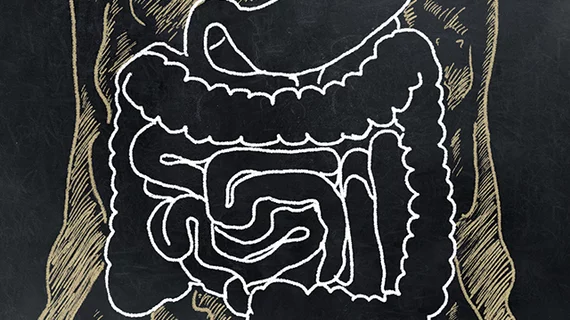First-line CT colonography cuts healthcare costs while bolstering access to care
Utilizing computed tomography colonography (CTC) as the first-line tool for patients at average risk for colorectal cancer saves national healthcare dollars and improves access to invasive procedures for patients who need them most, according to a new observational study out of the U.K.
Researchers with England’s National Health Service evaluated the costs of both CTC and the more invasive optical colonoscopy (OC) in 180 patients from a single health center for their June 2 study. At the six-month mark, they found that the latter exam costs about £370 ($465 USD) more per patient, on average, compared to CTC.
Writing in the Royal College of Radiologists’ journal Clinical Radiology, the authors also report that CTC’s use freed up 46 OC slots that are more likely to help those at higher risk for cancer.
“In summary, the use of CTC for patients with low-to-intermediate risk of CRC led to savings for the NHS whilst enabling the release of vital OC capacity to enhance access to care for patients more likely to benefit from an invasive procedure,” wrote T. Rua, with King’s College London, and colleagues.
Capacity for OC testing is “already stretched,” with a 2018 estimate suggesting nearly half of all NHS hospitals failed to meet the two-week target for urgent colonoscopy. On top of that, the UK’s Department of Health predicts an annual increase of 10%-15% in the demand for endoscopies.
For their research, Rua et al. compared the cost implications of CTC and OC as the first-line diagnostic test for colorectal cancer screening. At six months, the per-patient cost for the OC group was $1,248 compared to $812 for CTC.
These differences were based primarily on the low incidence of colon findings and the lower unit cost of CTC, the authors wrote. Additionally, patients in the CTC group were, on average, eight years older and presented with a higher disease burden.
The group also estimated a 91.4% probability of CT being cost-effective at six months under a $25,216 willingness-to-pay per quality-adjusted life-years threshold.
In addition to cost savings, using CTC led to shorter patient wait times (average of 6.3 days), primarily due to the overall diagnostic workload required during optical colonoscopy.
“The time it took to complete the pathological assessment of biopsies seemed to be the major contributing factor for the difference in access to care between the two groups,” the authors noted, adding that patient satisfaction in both groups was the same.

